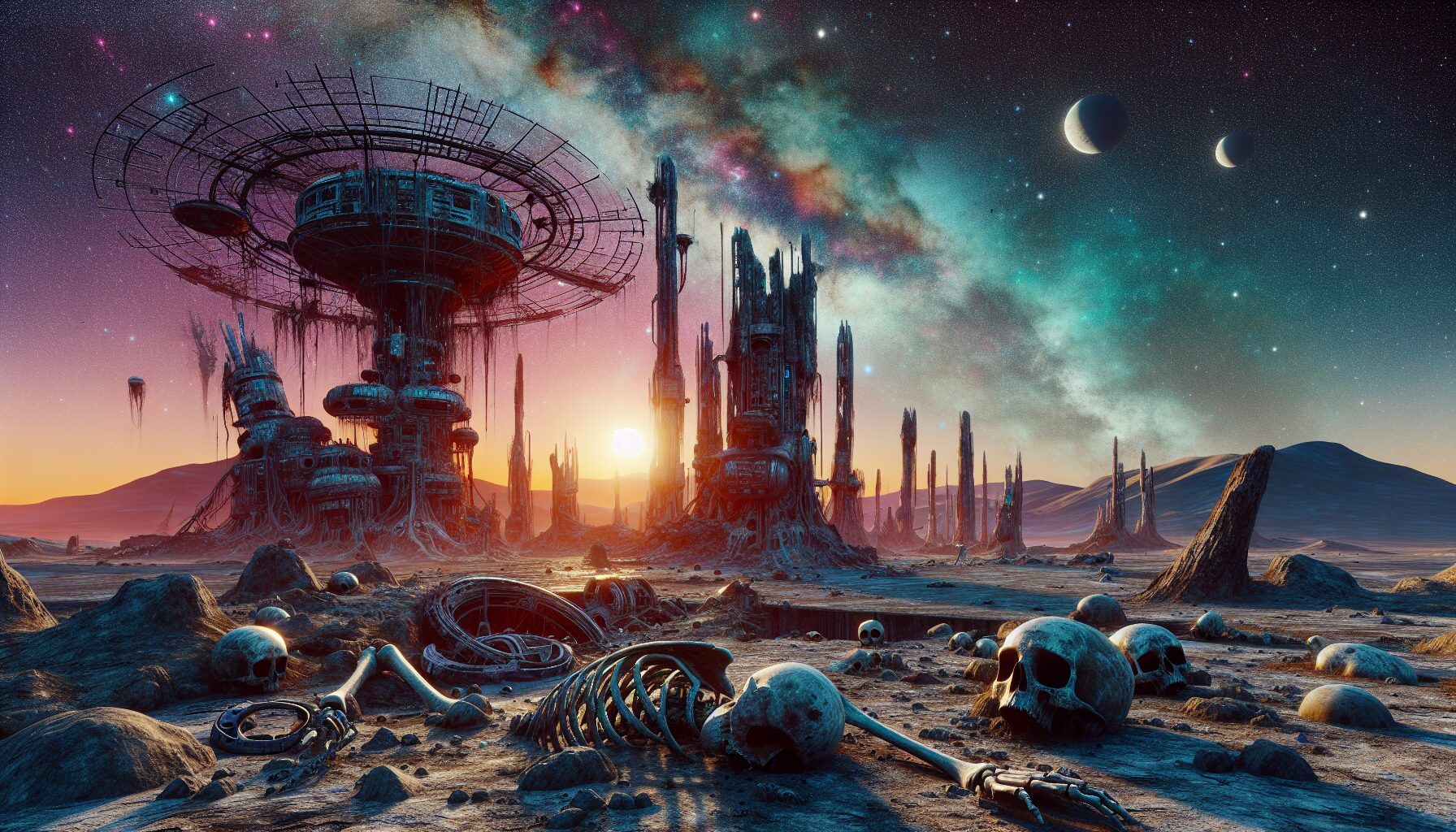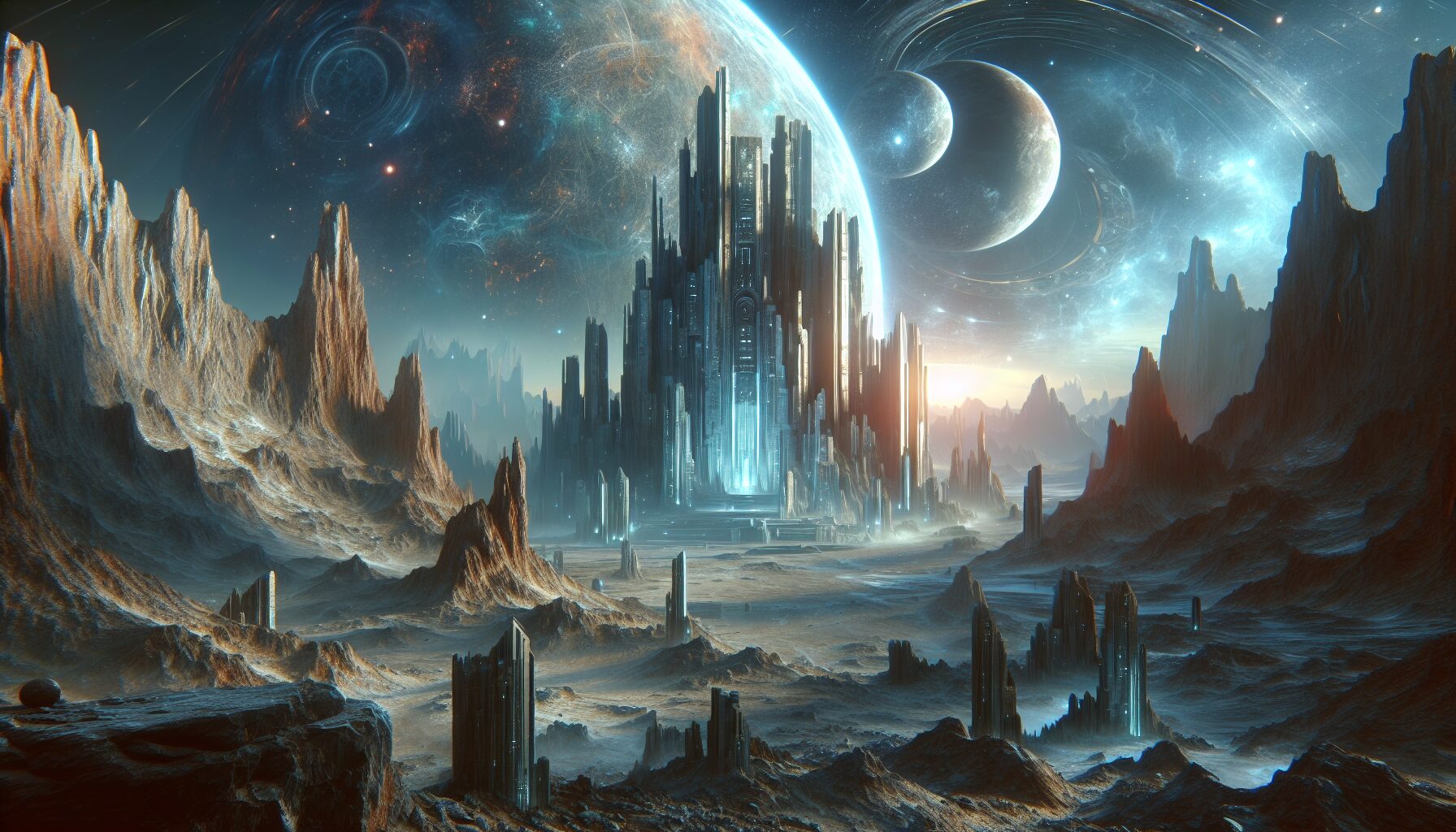The Forgotten Pantheon: Mythology of Lost Civilizations
The world is replete with myths and legends that have shaped the cultural and spiritual landscapes of societies throughout history. However, there are myths from ancient civilizations that have been largely forgotten, overshadowed by the tales of more dominant cultures. This article delves into the mythology of these lost civilizations, exploring the divine narratives that once held profound significance for peoples whose stories have been partially erased by time.
The Hittites: Masters of Anatolia
Among the lesser-known civilizations that thrived in the ancient world were the Hittites, who reigned over much of Anatolia from approximately 1600 to 1178 BCE. Their pantheon was as elaborate as those of their more renowned contemporaries, encapsulating a fusion of indigenous gods and deities assimilated from surrounding cultures.
- Teshub: The storm god, Teshub was a central figure in Hittite mythology. Symbolizing power and might, he was often portrayed wielding thunderbolts and was deemed the ruler of heaven and earth. According to myth, Teshub’s struggle and ultimate victory over his father, Kumarbi, is reminiscent of other divine succession myths, including the Greek tale of Zeus and Cronus.
- Hannahanna: The mother goddess, Hannahanna, played a vital role in Hittite religious life. Her story often intertwines with agricultural cycles, depicting themes of death and rebirth. Her association with the earth and fertility mirrors that of goddesses such as Demeter in Greek mythology.
To learn more about the Hittite pantheon, see Hittite mythology on Wikipedia.
The Olmec Civilization: Giants of Mesoamerica
Moving westward, the Olmecs of Mesoamerica, flourishing from around 1500 to 400 BCE, were another civilization whose legends have largely faded into obscurity. The Olmecs are often referred to as the “mother culture” of Mesoamerica, laying the groundwork for subsequent civilizations like the Aztec and Maya.
- The Maize God: Central to Olmec religion and later Mesoamerican mythologies was the Maize God, illustrating the immense importance of maize as both a staple and a sacred symbol of life. Representations of the Maize God reveal the interconnection between agriculture and divine providence.
- Feathered Serpent: Known as Quetzalcoatl in later Aztec religion, the Feathered Serpent was a figure of both creation and destruction among the Olmecs. This deity represented the dual nature of life, balancing creation with chaos, and was significant in shaping the worldviews of Mesoamerica’s inhabitants.
Explore further about the Olmec civilization and mythology in Olmec Religion.
The Etruscans: Divine Mysteries of Italy
In the heart of Italy, the Etruscans flourished between the 8th and 3rd centuries BCE. While overshadowed by their Roman successors, the Etruscans possessed a vibrant and complex pantheon that has intrigued historians and archaeologists alike.
- Tinia: As the supreme deity, Tinia presided over the heavens and was often equated with the Greek Zeus and the Roman Jupiter. Tinia’s capacity to wield lightning affirmed his role as a powerful enforcer of cosmic order.
- Uni: Uni, often identified with Juno, was the Etruscan goddess of fertility and marriage. Her worship highlights the Etruscan focus on family and social stability as integral to community life.
The Etruscans also practiced religious rites that remain partially mysterious, but their texts and tombs suggest a belief system rich in divination and ancestral veneration. For additional insights, refer to Etruscan religion on Wikipedia.
Legacy and Influence
Despite their relative obscurity in the modern world, the myths and legends of these civilizations have had lasting impacts on cultural and religious thought. As historian Joseph Campbell famously remarked, “Myths are public dreams, dreams are private myths,” capturing the enduring truth that such narratives shape both collective and individual identities.
Through archaeological discovery and scholarly interpretation, the pantheons of these lost civilizations come to life, reminding us of the diverse tapestries of belief that woven through human history. These myths serve as crucial windows into the ways ancient societies understood the cosmos and their place within it.
“Myths are public dreams, dreams are private myths.” – Joseph Campbell
As we continue to unearth and reexamine these forgotten stories, their resurrection offers invaluable insight into the complexities and commonalities of human experience across the ages. By remembering the forgotten pantheon, we honor the rich legacies of civilizations that might otherwise be lost to the shadows of history.









